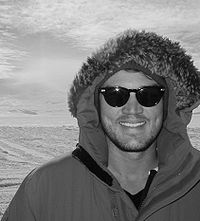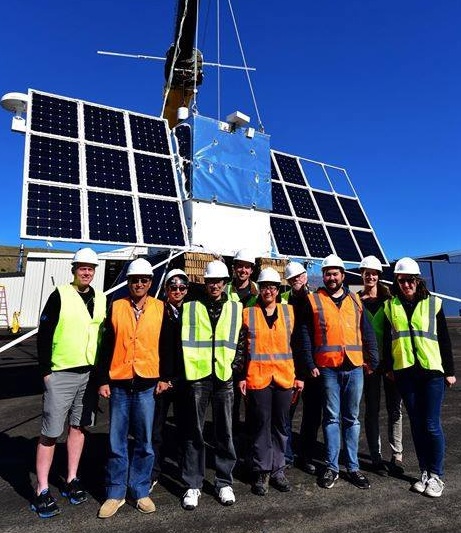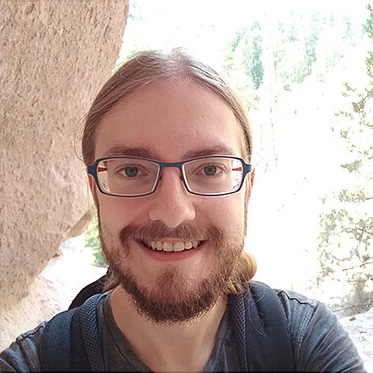
Dr. Steven E. Boggs
Professor (he/him)
B.S. University of Illinois, Urbana
Ph.D. University of California, Berkeley
seboggs[@]ucsd.edu
CV
publications: ADS, Google Scholar

Exploring the gamma-ray universe with the
Compton Spectrometer and Imager (COSI)
Experimental high energy astrophysics is the study of nature's most energetic creations such as black holes, neutron stars, and supernovae. Our research is focused on developing and flying new gamma-ray telescopes to probe these energetic astrophysical environments from space. One of our primary interests is the detailed measurement of radioactive nuclei produced in the inner regions of supernova explosions. Through their conversion of gravitational energy to nuclear energy, supernovae are the dominant engines of evolution in the Universe - controlling the production of the elements making up the world around us, the internal structure of galaxies, and the acceleration of cosmic rays. The radioactive nuclei produced in these explosions emit gamma-rays of characteristic energies for each isotope. These photons serve as sensitive probes of the detailed nuclear physics in the extreme conditions at the heart of the supernova, conditions unachievable in the laboratory. These nuclei also allow us to discover and study the active sites of nucleosynthesis in our Galaxy.
Gamma-ray astrophysics also touches multiple fields of fundamental physics, including the study of dark matter, quantum physics, and general relativity, as well as studying matter in nature's most exotic environments. We can't see a black hole by definition, but high energy particles - accelerated by the deep gravitational well - emit gamma-rays before disappearing over the event horizon. These photons directly reflect the complex physics of particle interactions in highly-curved spacetime. Neutron stars are the ultimate balancing act between modern and classical physics, with the baryon degeneracy pressure precariously halting the collapse of the star to a black hole. The study of gamma-ray emission from the surface of these objects allows us to probe particle dynamics and the nuclear equation of state in extremely general-relativistic conditions.
Stay tuned.
Current members

Professor (he/him)
B.S. University of Illinois, Urbana
Ph.D. University of California, Berkeley
seboggs[@]ucsd.edu
CV
publications: ADS, Google Scholar

Assistant Project Scientist
B.S. University of California, Riverside
Ph.D. University of Hawaii, Manoa
jmr078[@]physics.ucsd.edu
publications: Google Scholar

Postdoctoral Scholar
B.S. Brown University
Ph.D. California Institute of Technology
snpike[@]physics.ucsd.edu
publications: ADS, Google Scholar

Graduate Student
B.S. Columbia University
sohaight[@]ucsd.edu

Graduate Student
B.Tech. Indian Institute of Technology, Bombay
avalluvan[@]ucsd.edu
publications: Google Scholar

Undergraduate Student
gbrewste[@]ucsd.edu
Associates

Research Scientist
rrothschild[@]physics.ucsd.edu
publications: ADS
Former Members

Former Postdoctoral Scholar
Research Engineer, Space Sciences Laboratory, UCB

Former Postdoctoral Scholar
Habilitation, Universitat Wurzburg
University of California, San Diego
Astronomy and Astrophysics, MC 0424
9500 Gilman Drive
La Jolla, CA 92093-0424 USA